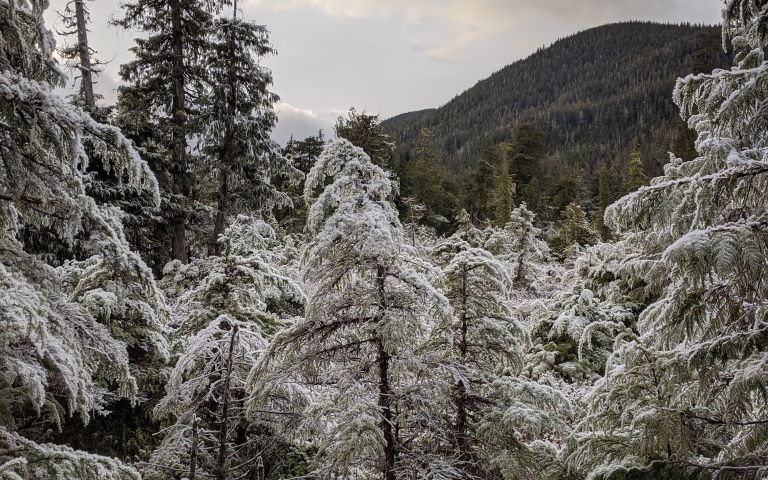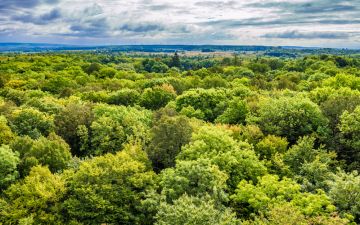For nearly 50 years, Sealaska, a corporation run by three allied Alaska Native nations, has logged the old-growth of the Tongass National Forest—America’s largest. With every enormous hemlock and spruce tree their contract loggers pulled out of the chilly, largely trackless rainforest, they have paid for social services, jobs, and cultural education necessary to keep their civilization alive.
But the price has been high: denuded hillsides and washed out salmon streams; a steep decline in the fishery that has sustained all the peoples of the Northwest—human and otherwise—for millennia. Now, as the Trump administration and Alaska government push to end a twenty-year ban on road construction in the Tongass—literally paving the way for heightened mining and logging—Sealaska is turning to a lucrative alternate model: selling the new growth in its cleared lands for carbon credits to California polluters like BP. Instead of being paid to clear cut, now they are being paid not to clear cut.
But major questions remain: can a corporation built on extraction make the pivot to conservation? How reliable is the carbon accounting? And most pressing of all: What are the long term consequences of making a forest survival dependent on the payments raised by continued pollution?

